Blog #104 Night Vision (at 3200 ISO)
Blog #104 Night Vision (at 3200 ISO)
When the sun hangs low and the golden hour has passed, you have about one more hour know as the blue hour before the day is gone. The night provides some challenging but also great opportunities to make images of a different type. It should be obvious that technical settings must change to be able to accommodate the lack of available light. Digital and film photography have slightly different requirements for shooting at night. I will review these briefly here below.


Exposure is the combination of three variables; ISO, shutter speed, and aperture. Most digital cameras have manual controls for each of these. Digital camera settings have adjustable ISO [sensor sensitivity] settings that you can crank up to 1600, 3200, 6400, or even higher and still produce usable images. Using fast lenses and shooting wide open [low aperture] will facilitate night time shooting as well. Given that we are limited [mostly] to making hand-held images with a 1/60 second or faster we can set the minimum shutter speed to this setting, shoot in aperture priory and let the camera decide what the lowest ISO can be for a given shot. This will work most of the time if you can tolerate some digital noise in your images. A flash used at night will provide obvious advantages but even flashes are limited in their reach and cannot be used in all situations. Most people find them annoying, so use flashes at night sparingly especially when in public places.
Shooting film at night presents its own challenges. Film is produced with a specific ISO sensitivity. Once the film is loaded, you can push the film to a higher than rated ISO but there are limitations to this process and for every stop pushed you will introduce additional grain, degrading the final image quality. Unless you’re trying to emulate the Provoke style from Japan, image quality is something that you are likely trying to preserve.
The shutter speed and aperture factors are similar between digital and film. Film will have less dynamic range and will not respond quite as well to pushing as your digital camera will by adjusting the ISO dial to a higher number. Still, film has a certain quality and atmosphere that can be very appealing, even at night.
Testing this process will teach you what you can do with film at night and learning how to control the light in low or challenging conditions is a valuable skill for all photographers. I recently stuffed a couple of rolls of Ilford Delta 3200 35mm black and white film in the back of my Nikon FE2 and headed out into the night. The film can work well in lower light conditions but falls off pretty quickly in very low light conditions. The exercise was interesting and I would encourage any photographer to experiment with this process.
The light is always right, even at night.
jhg
*Images: © Jeremy H. Greenberg March 2018
Developed at home with Bergger Berspeed Developer & scanned on Epson Perfection V600 Photo
Where: Hong Kong
Subject: Street Photography at Night
Gear: Nikon FE2 + 28mm f/2.0 lens + Ilford Delta 3200 35mm black and white film
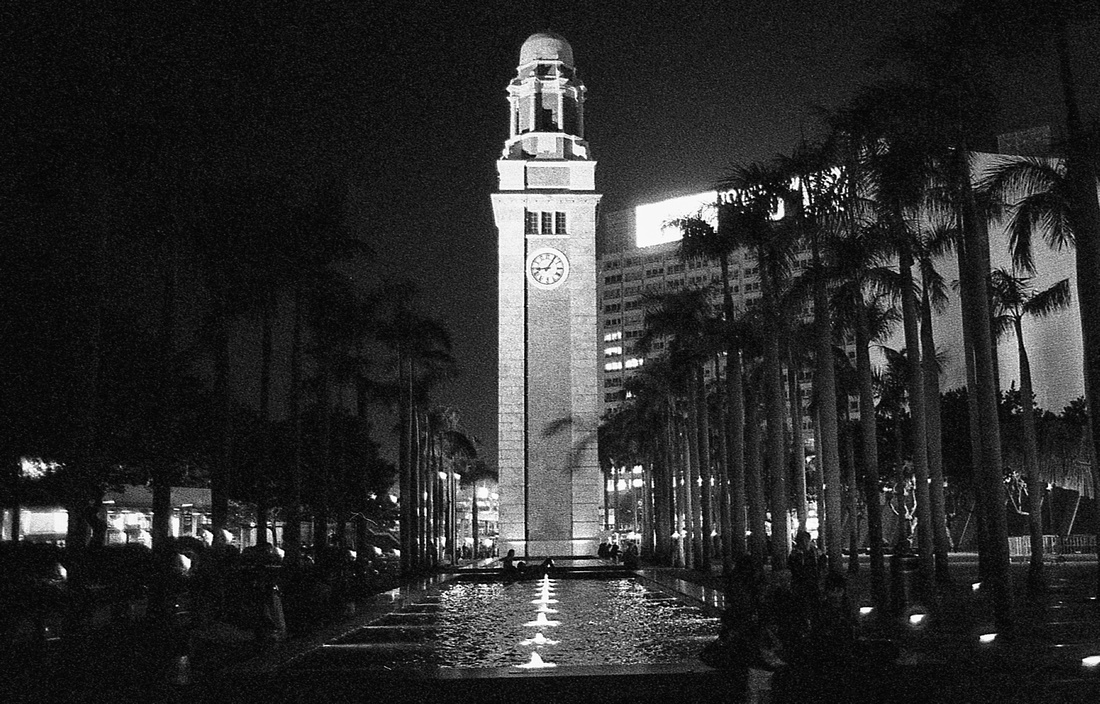





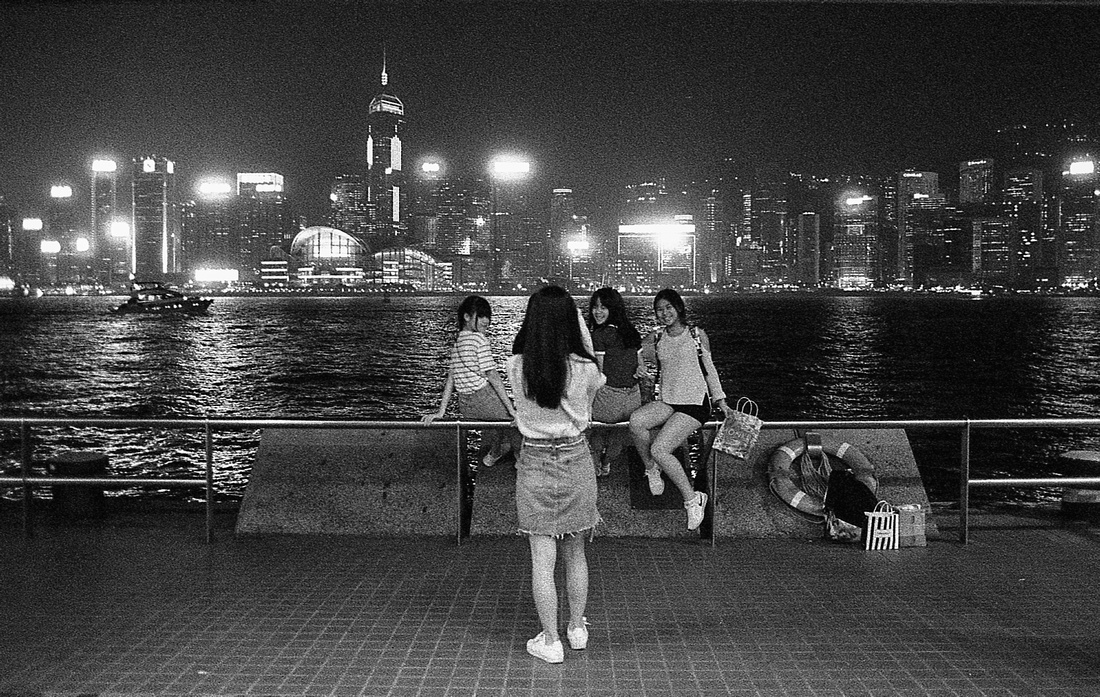

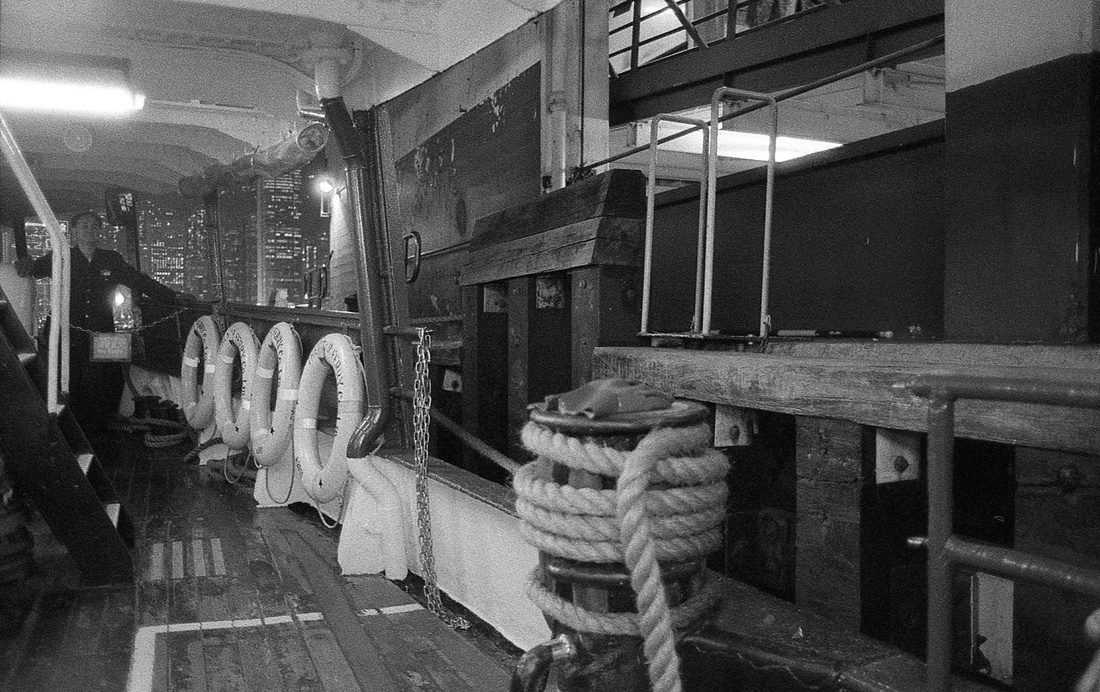

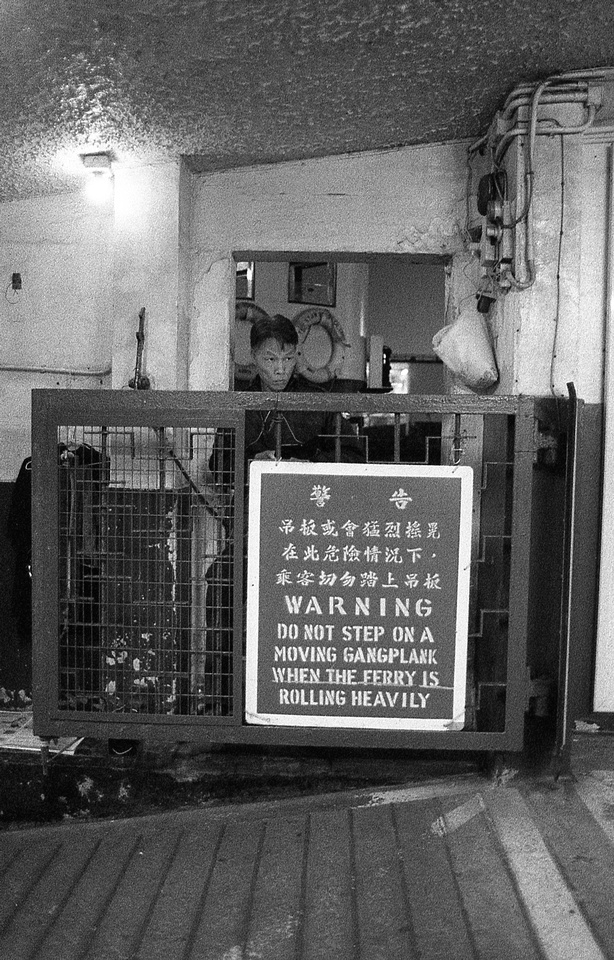

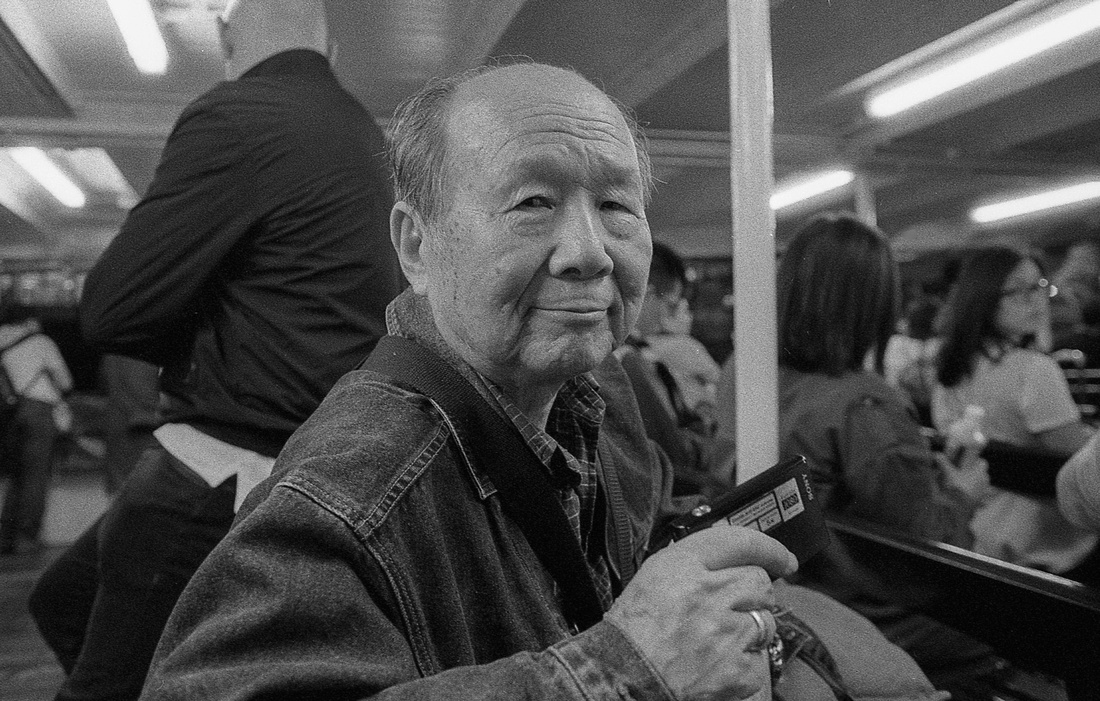

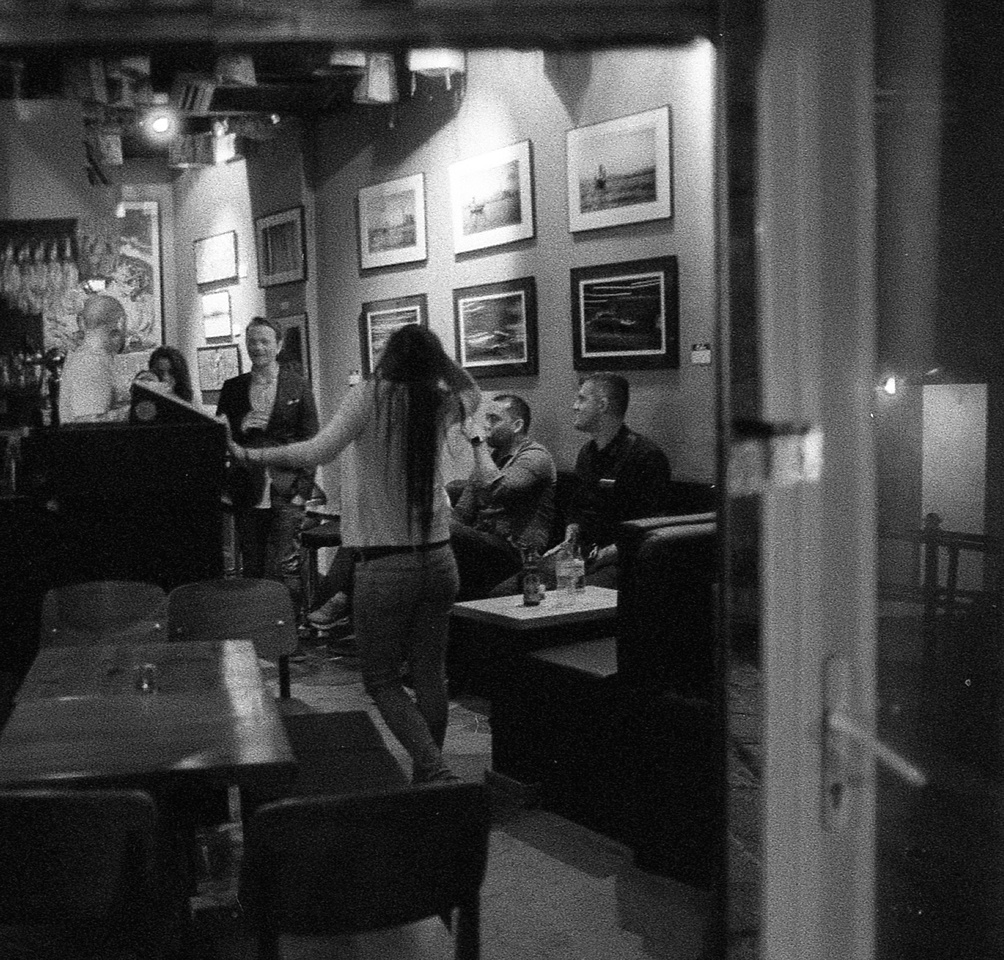

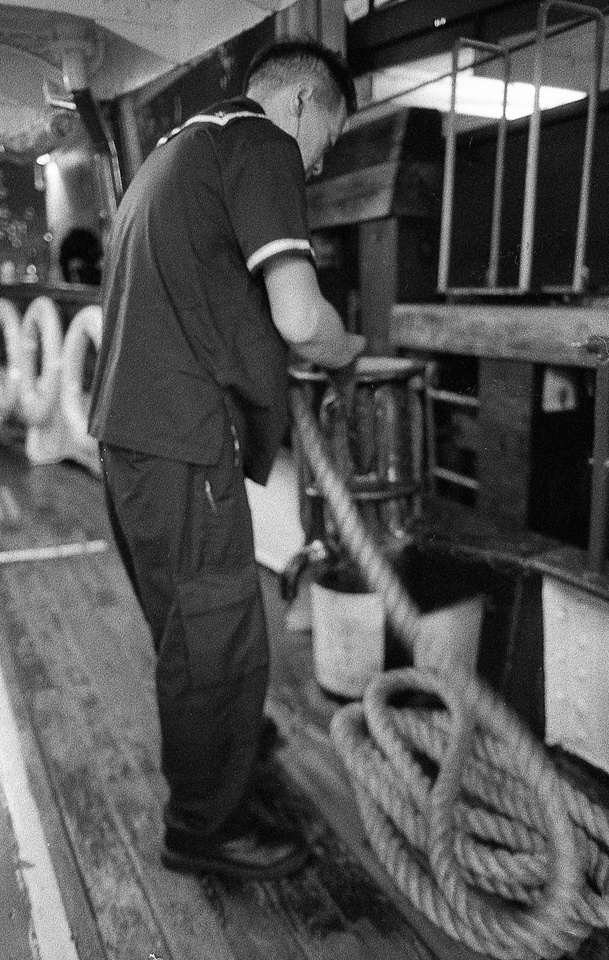

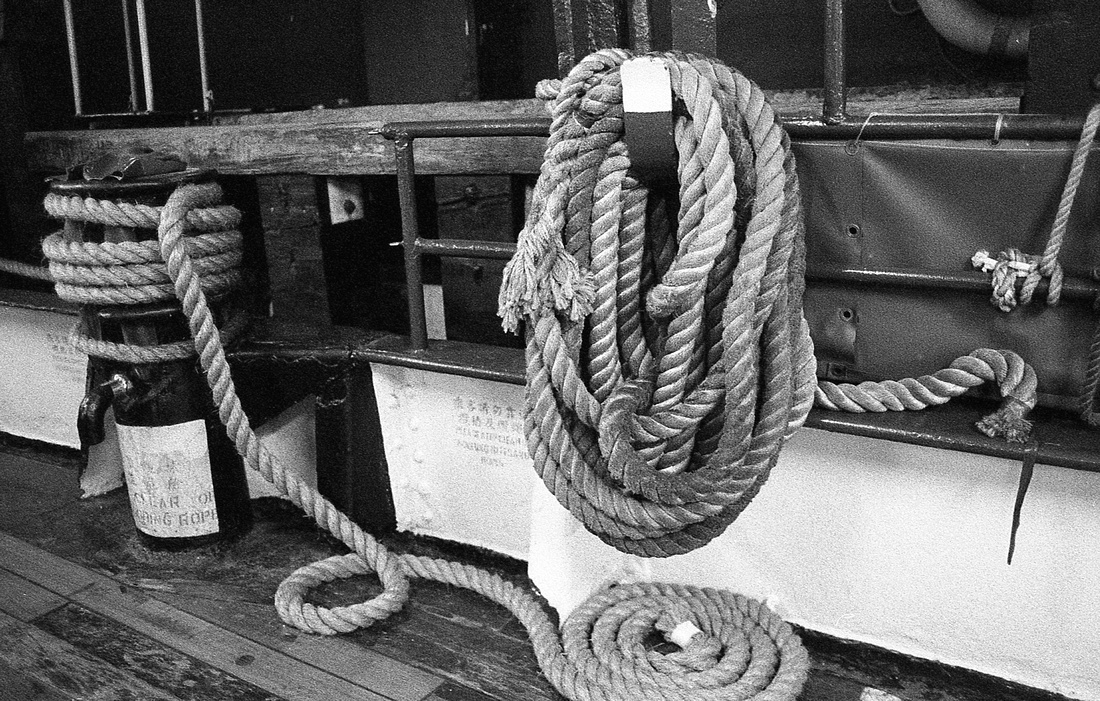

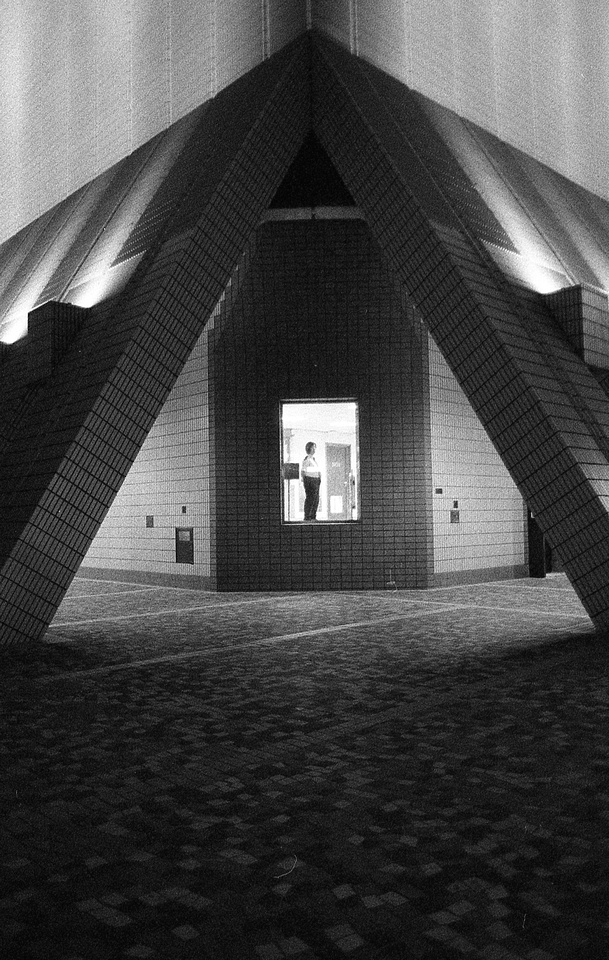

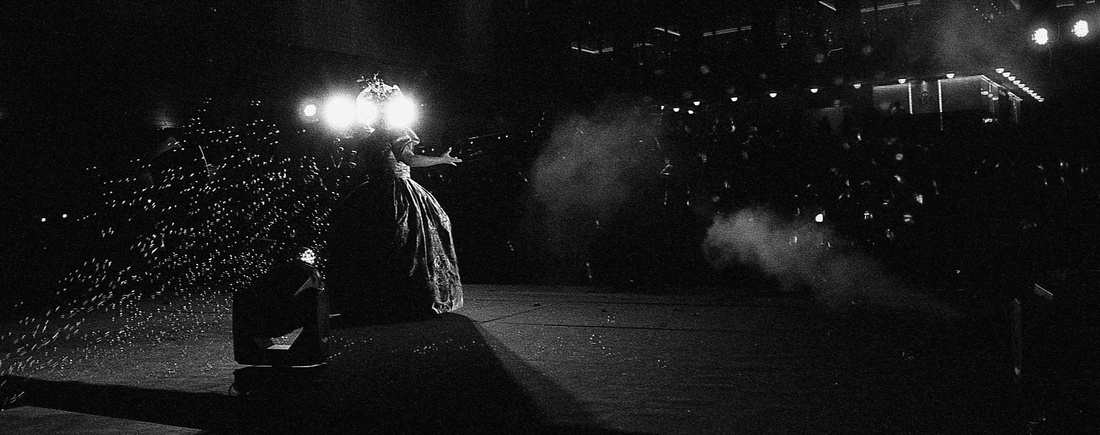

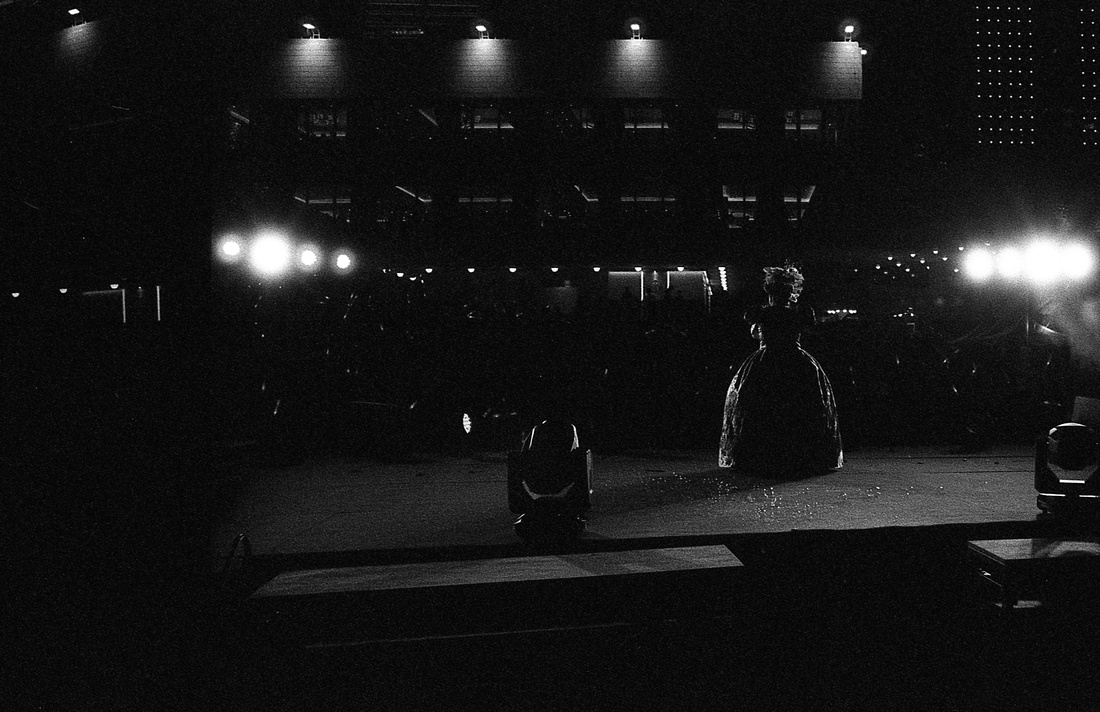

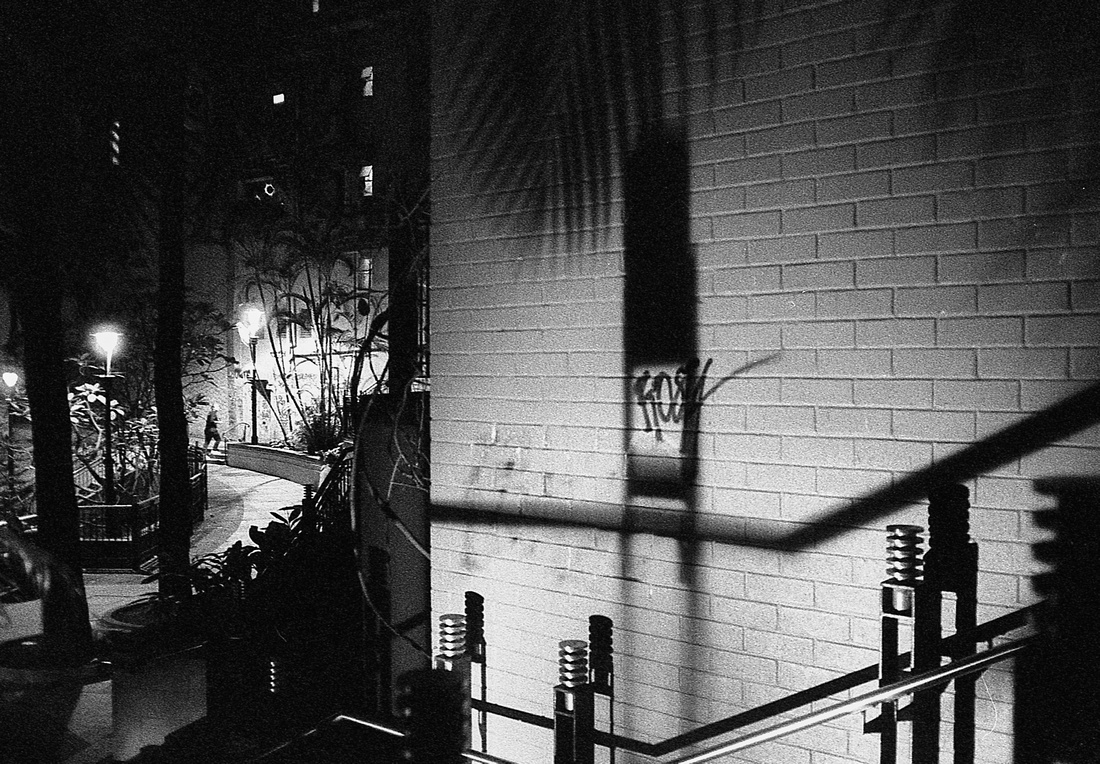

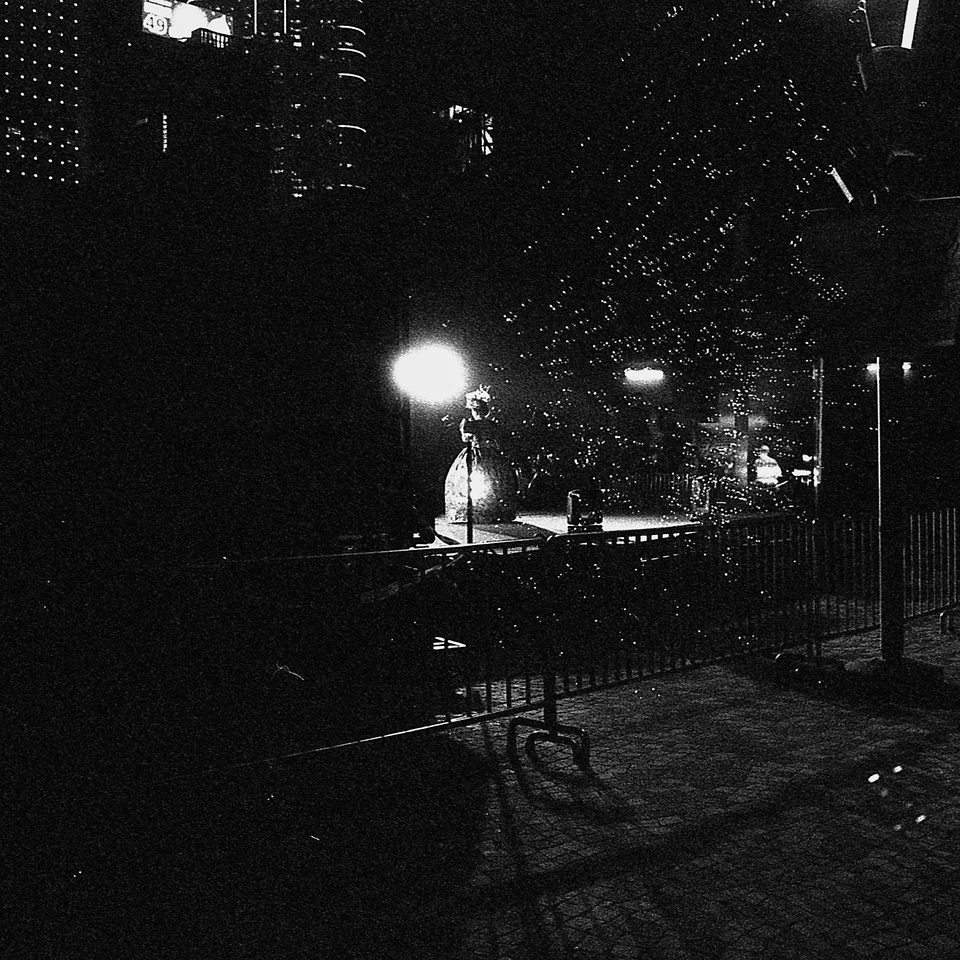

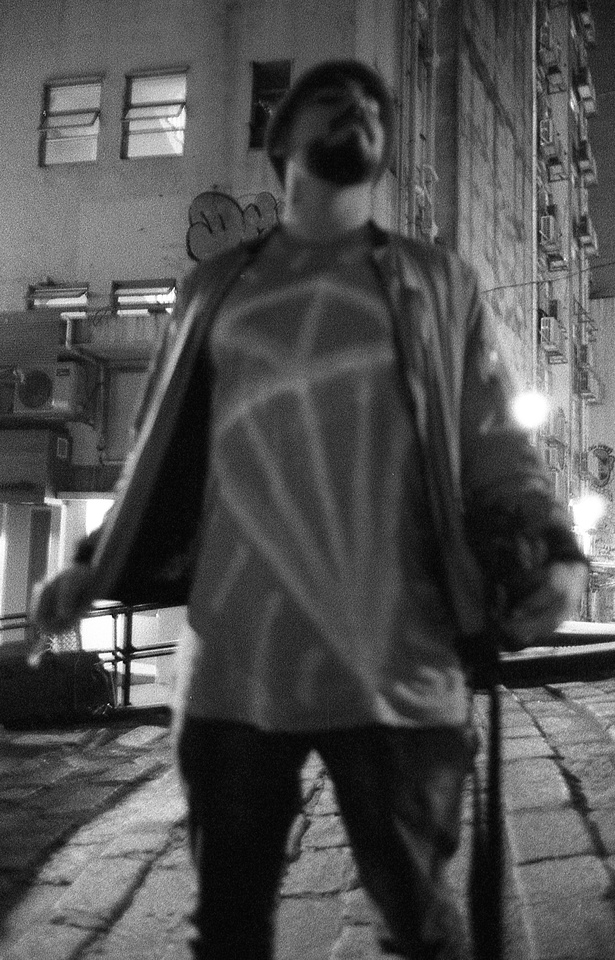

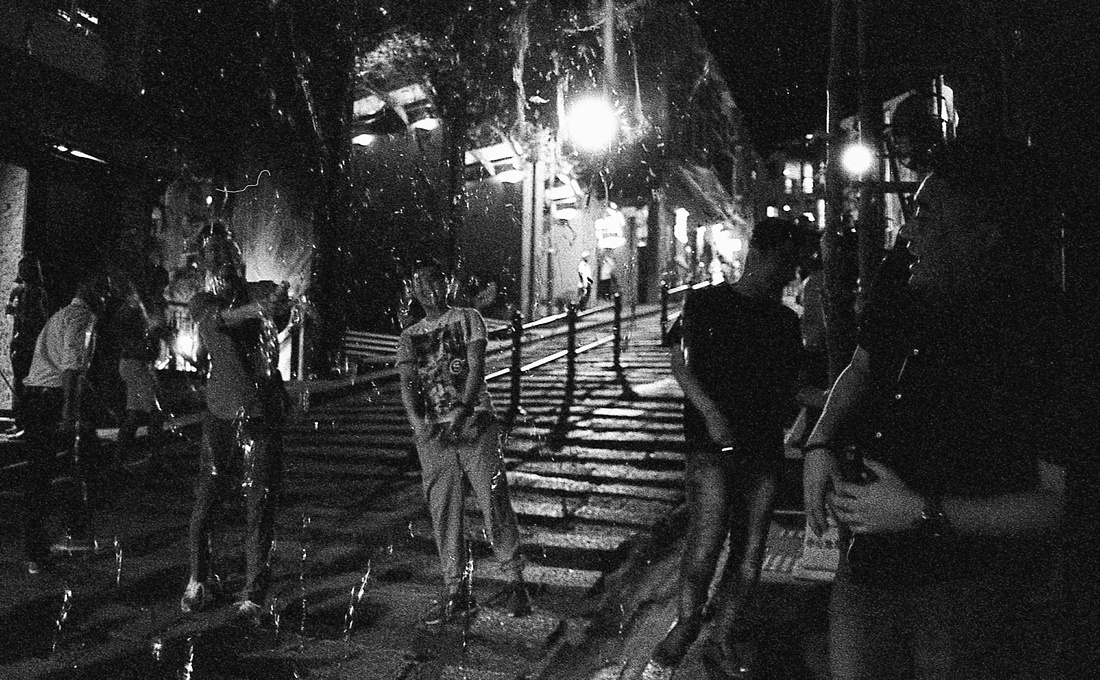

Casual Photophile Tip & Techniques No. 001 The Subject is the Subject
The Inspired Eye Photography Magazine Issue #40 (full interview)
Hong Kong Free Press: HKFP Lens
Blog #18 Criticizing Photographs or Beyond the “like”
Blog #25 Don’t Be Afraid of the Dark[room].
Blog #47 Composition, Composition, and More Composition
Blog #65 Summer is for Travel (Hanoi)
Blog #67 Risks, Rules, & Restrictions
Blog #68 Photography is a Gift
Blog #72 Living the Creative Life
Blog #90 Restrictions, Revisited
Blog #93 Photographic Technique